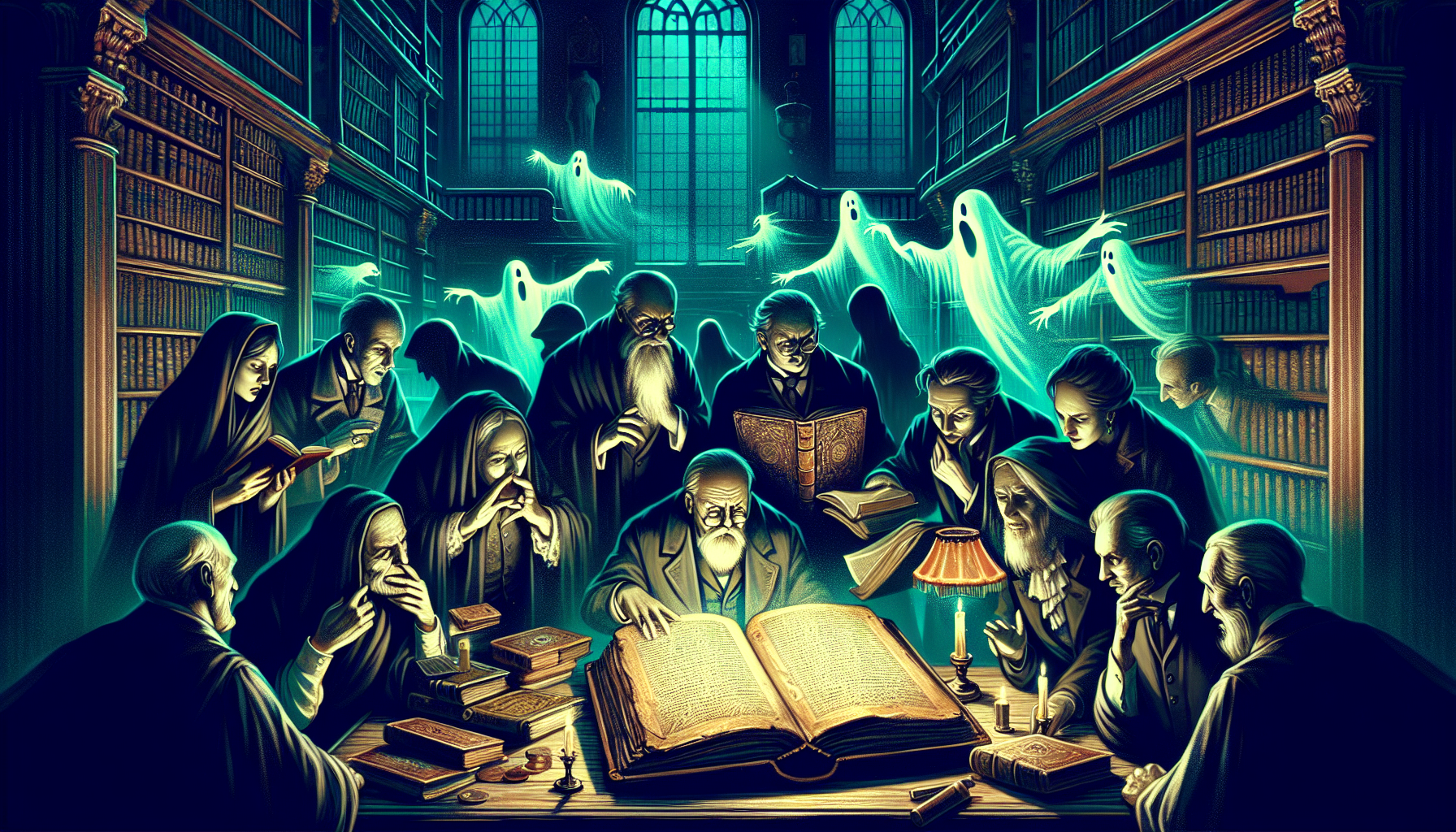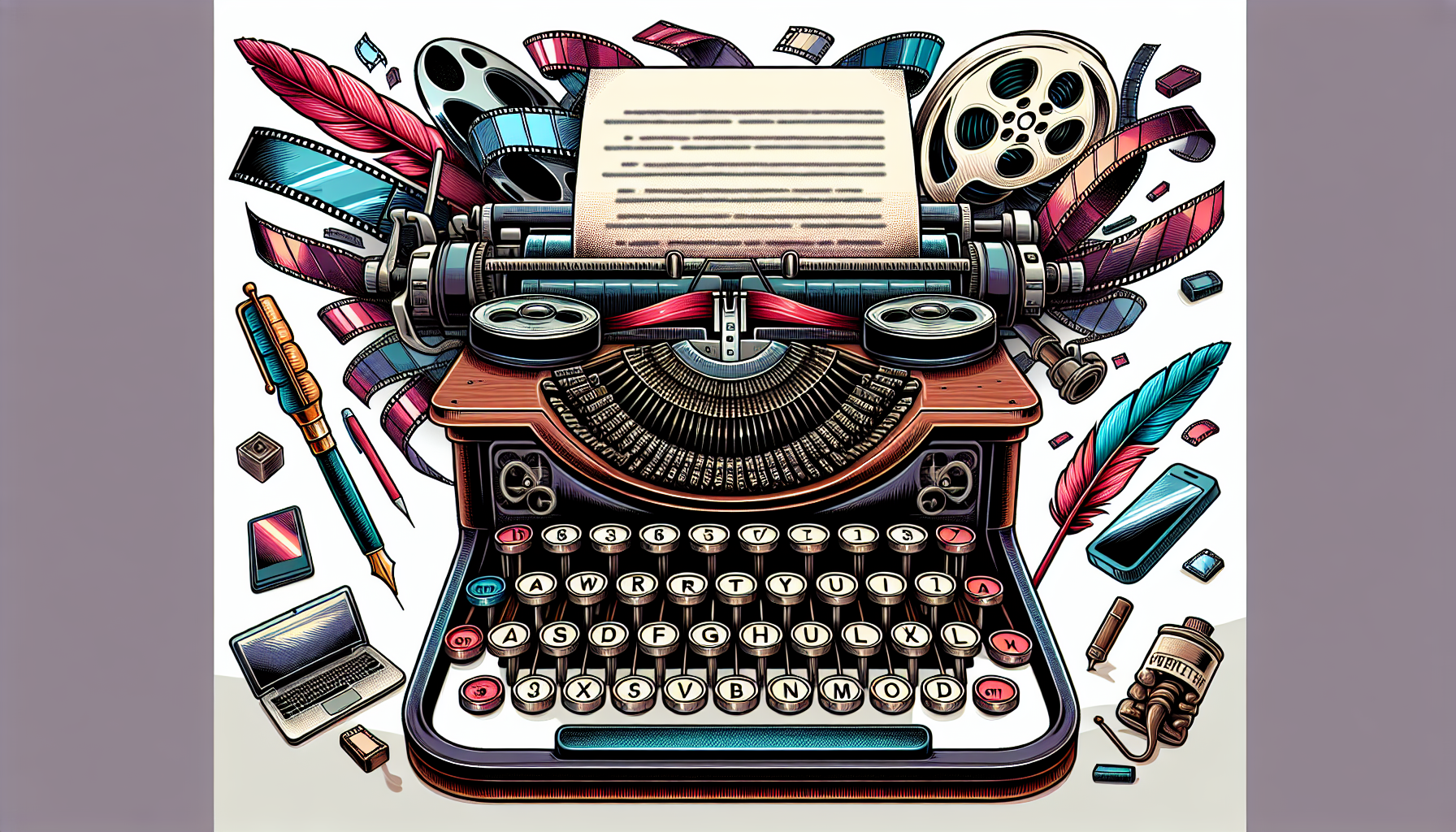
Mastering the Art of Horror Movie Plot Twists: Spine-Chilling Surprises Await
Step Right Up to the Creepy Carousel of Plotcraft
Horror movies – they’re like a rollercoaster only a mad scientist could dream up, right? One minute you’re chuckling over popcorn, the next you’re screaming into it. And that special sauce that makes a horror flick stand out? The plot twist. That jaw-dropping moment that sends shivers down your spine faster than a ghostly whisper in a haunted mansion. So, grab your flashlight and a trusty notepad. Let’s delve into the dark art of crafting plot twists that would even make a mummy jump out of its wraps.
Know Your Haunts: Prep Work is Everything
Before you start throwing in ghouls and secret portals all willy-nilly, let’s get the basics ghosted in. Understanding standard horror tropes is essential. The lonely cabin, the creepy kid, the unexplained noise—familiar, yes, but pivotal for setting the stage. Know these conventions inside out, because, dear plot-twisters, you’re about to turn them on their head. Researching common themes allows you to see what’s been done and, more importantly, how you can twist these expectations into something new. Consider it gathering ammunition…the creepy kind.
Build Up Your Haunted House: Establishing a Solid Narrative
Think of your plot as a decrepit old house. Your audience is going to make their way through it, peeking behind every creaking door with a mix of dread and anticipation. Build this “house” with care—establish characters, set your scenes, and then, when they think they know the layout, it’s time to show them the hidden basement. Plot twists are most effective when they feel both unexpected and yet inevitable upon reflection, not like a psychopath popping out of a cupboard for a cheap scare.
Ghoulish Misdirection: Make ’Em Look Left, Then Go Right
A real maestro of horror knows how to misdirect. It’s all about the setup. Lead your audience down one path, perhaps laying out a breadcrumb trail of ghostly encounters, all the while, the true terror lurks elsewhere. Create a tapestry of smaller mysteries and misleading details that make the viewer think they’re sleuthing things out. Then, when you hit them with the real twist, it comes as a genuine and horrifying surprise. As Alfred Hitcheldritch might advise, “Always keep your zombies one step behind your audience.”
The Bogeyman Revelation: Timing Is Everything
Timing in horror isn’t just good—it’s vital. Unveil your villain, your secret, your massive, mind-blowing plot twist too early, and you risk spending the rest of the film watching your audience nod off amidst previously established terror. On the other hand, executing your twist too late can leave viewers with the horror version of emotional whiplash. We’re looking for a spine-tingle, not a full spinal dislocation! Aim for the sweet spot, typically towards the final act where all the creepy threads weave together in a gruesome but satisfying tapestry.
Scream-Worthy Execution: It’s All In the Delivery
Okay, you’ve crafted the creepiest plot twist known to humankind, but how do you deliver it? The reveal needs atmosphere. Maybe the truth comes out amidst a flickering candle-lit séance or revealed in the glow of a ghostly apparition. A well-timed soundtrack that knows when to be silent and when to shriek can amplify your twist to traumatizing levels of terror. Visuals are your spooky accomplices; they pull the viewer deeper into the deception before slapping them with the reality. This is where your cinematic craft creeps in. Use every tool in your creepy toolbox to make that plot twist not just seen but felt.
Reflections in the Haunted Mirror: Post-Twist Reactions
Lastly, a plot twist doesn’t end at the revelation. Oh no, we live in the echoes of that reveal. The rest of your film should deal with the aftermath. How do characters (and audiences) make sense of this new, twisted reality? The consequences of the twist, the new dynamics it introduces, and how the story concludes post-twist are what lift your horror movie from being just another scream-fest to becoming a legend whispered about at campfires and sleepovers. Make sure your twist isn’t just a shock for shock’s sake—it needs to add depth and terror to the story.
Equipped with these eldritch strategies, go forth and weave narratives so twisty and full of terror that even the page (or screen) they’re written on might want to fold itself shut. Remember, in the world of horror plot twist crafting: the stranger, the creepier, the better.






